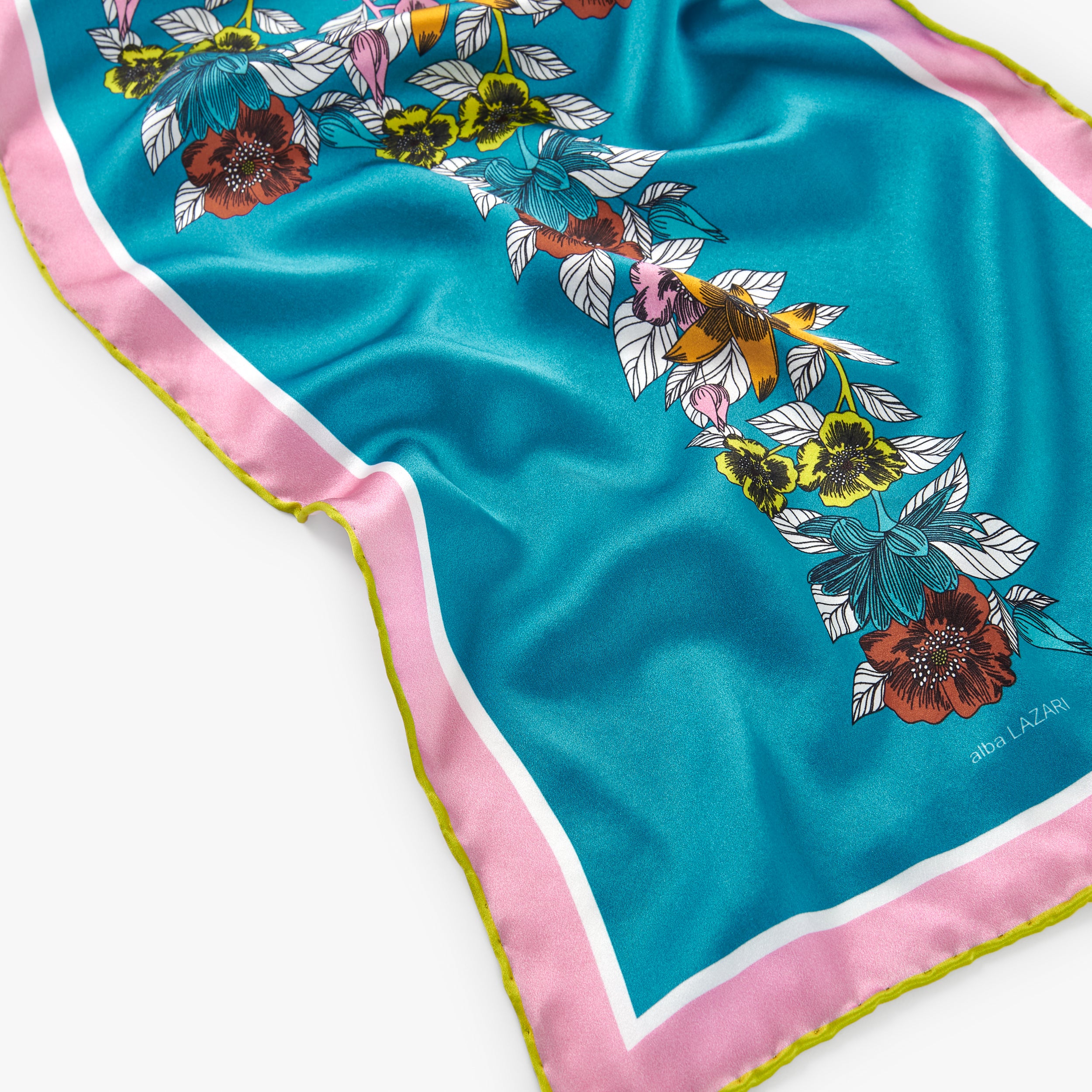

GARMENT AND ACCESSORY CARE GUIDE
Alba LAZARÍ items are distinguished by the exceptional quality of their materials. To ensure that each piece retains its beauty and remains impeccable over time, proper care is essential. You will find specific washing, cleaning, and care instructions on the inner and outer labels of each item. For general advice to help extend the life of your garments and accessories, please refer to our Complete Care Guide below.
SINGLE-FIBER ITEMS
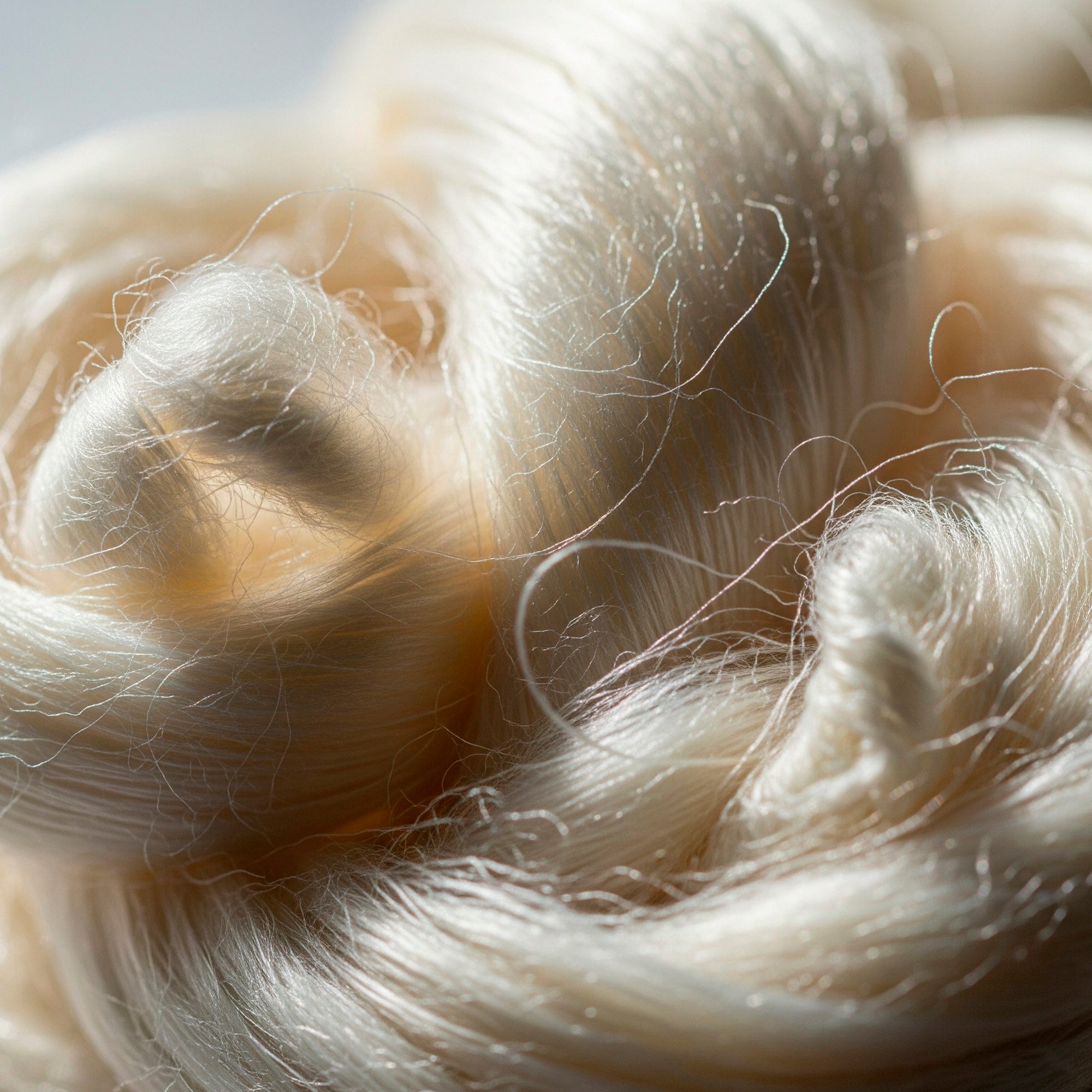

Composition: 100% Printed Silk
Silk is a precious fabric that, with proper care, will maintain its vibrant colours and luxurious feel for years
- Colour Test – Crucial: Before the first wash, or if in doubt, dampen a discreet corner of the garment with a cotton swab and check if the colour transfers. If it does, opt for professional dry cleaning to prevent colours from running.
- Cold Water and Mild Soap: Fill a basin with cold or slightly lukewarm water. Use a neutral detergent or one specifically designed for silk, without bleach.
- Gentle Movement: Submerge the garment and move it gently in the water for 3–5 minutes. Never rub, twist, or stretch the fabric.
- Thorough Rinse: Remove the garment and rinse it with clean cold water until no soap residue remains.
- Avoid Washing Machine and Dryer: High temperatures and harsh cycles are very damaging to printed silk.
- Do Not Wring: Do not wring the garment. Place it between two clean towels and gently press to absorb excess water.
- Air Dry in Shade: Lay the garment flat or hang it on a padded hanger. Make sure it is in a well-ventilated area and always away from direct sunlight
- Slightly Damp and Inside Out: Ideally, iron the garment when it is slightly damp. Always iron it inside out.
- Low Temperature: Use the iron at the lowest possible setting (silk or delicate program).
- No Direct Steam: Avoid direct steam on the silk, as it may leave marks.
- Padded Hangers or Careful Folding: Use padded hangers for blouses and dresses. For scarves or smaller items, fold them carefully to avoid permanent wrinkles in the print.
- Cool and Dark Place: Store your silk items in a cool, dry, and dark location, away from direct light and humidity.
- Breathable Bags: If storing for a long period, use breathable fabric bags to protect them from dust and light.
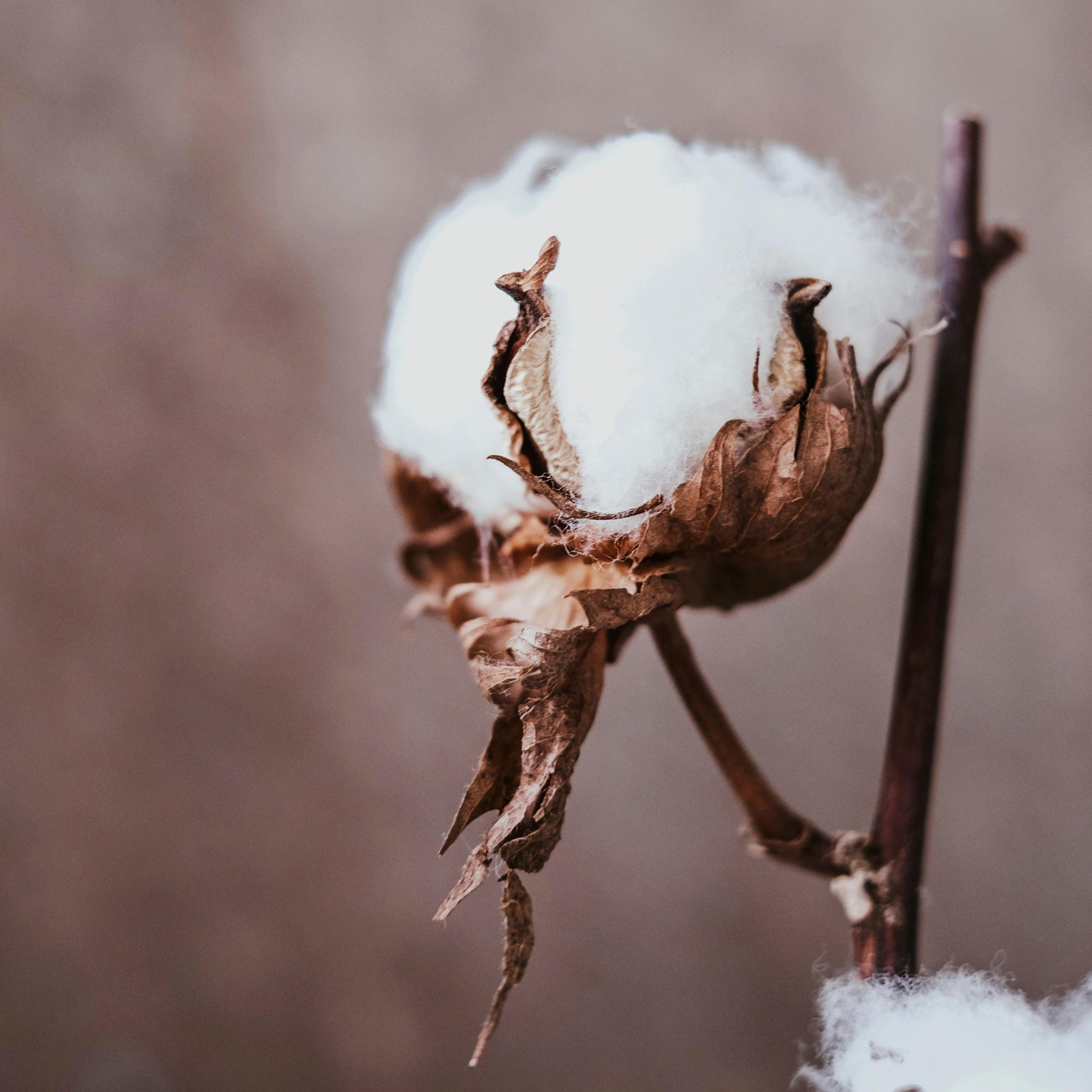

Composition: 100% Printed Cotton
Cotton is a versatile and comfortable fabric, and with proper care, your garments will maintain their prints and softness wash after wash.
- Ideal Temperature: Wash your printed cotton garments in cold or lukewarm water (maximum 30°C–40°C / 86°F–104°F). Very hot water may cause cotton to shrink and, in some cases, affect the intensity of the print colours over time.
- Mild Detergent: Use a gentle detergent, preferably without harsh bleach, which could damage the design colours.
- Machine Washing: You may use a washing machine. To protect the print and fabric, we recommend turning garments inside out. Use a normal or delicate cycle.
- Separate by Colors: Wash dark colours and strong prints separately from light garments, especially during the first washes, to avoid colour transfer.
- Avoid the Dryer if Possible: Excessive heat from the dryer can shrink cotton and gradually wear down the prints. If you use it, choose a low temperature and remove the garment as soon as it is dry to prevent overheating.
- Air Dry: Ideally, dry garments outdoors. Hang them on a hanger or a clothesline.
- Avoid Direct Sun for Prints: To preserve the vibrancy of the prints, try to dry the garment in the shade or inside out, avoiding prolonged exposure to direct sunlight.
- Slightly Damp: It is easier to iron cotton garments when they are slightly damp. If they are already dry, you can lightly mist them with a spray bottle.
- Medium-High Temperature: Use the iron at a medium-high setting, suitable for cotton.
- Inside Out: To protect the print and avoid unwanted shine, always iron the garment inside out.
- Steam: Steam is your ally for removing the most stubborn wrinkles in cotton
- Hangers or Folding: Hang your blouses and shirts on hangers to avoid wrinkles, or fold them carefully in a drawer.
- Cool and Dry Place: Store your cotton garments in a cool, dry, and well-ventilated area, away from humidity.
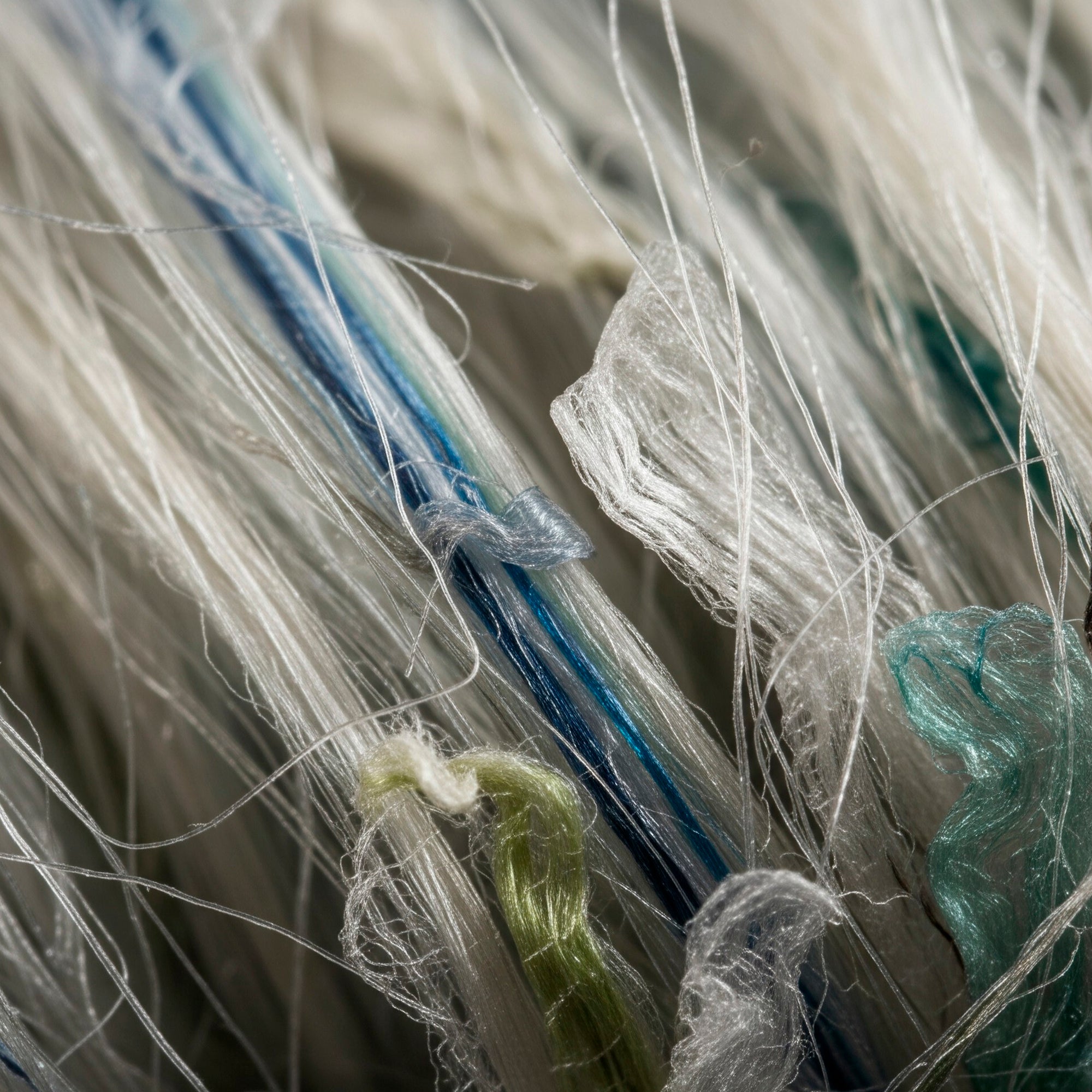

Composition: 100% Printed Polyester
Polyester is known for its durability, wrinkle resistance, and vibrant colour retention, making it an ideal fabric for printing.
- Cold or Lukewarm Water: Wash your printed polyester garments in cold or lukewarm water (maximum 30°C–40°C / 86°F–104°F). Very hot water can, over time, weaken the fibers or affect the intensity of the print.
- Mild Detergent: Use your regular detergent. It does not need to be special, but avoid harsh bleaches, especially chlorine-based ones, as they may damage the print or base color.
- Machine Washing: To protect the print and minimize friction, we recommend turning the garment inside out. Use a normal or synthetic cycle.
- Separate by Colors: As with any printed garment, it is advisable to wash dark or highly vibrant colors separately from light garments, at least during the first washes
- Tumble Dry on Low (Optional): If using a dryer, select a low or medium temperature. Polyester dries very quickly, so remove the garment as soon as it is dry to prevent overheating, which can cause static or slightly damage the fibers.
- Air Dry: To extend the life of your garments and prints, air drying is ideal. Polyester rarely shrinks or loses shape. Hang it on a hanger or clothesline.
- No Worries About Direct Sun: Polyester is quite resistant to fading from sunlight, so it can be dried outdoors. However, for maximum colour longevity, it is always best to dry in the shade.
- Usually Not Necessary: Most likely, your printed polyester garments will not require ironing. If you hang them to dry, they usually come out wrinkle-free.
- If Needed, Low Temperature: If any persistent wrinkles appear, iron the garment inside out using a very low temperature (synthetic or delicate setting). High heat can melt or shine polyester fibers.
- No Direct Steam: Avoid excessive use of direct high-temperature steam.
- Hangers or Folding: You can hang your garments on hangers or fold them and store them in a drawer. They usually do not wrinkle when folded.
- Cool and Dry Place: Store your garments in a cool, dry location.
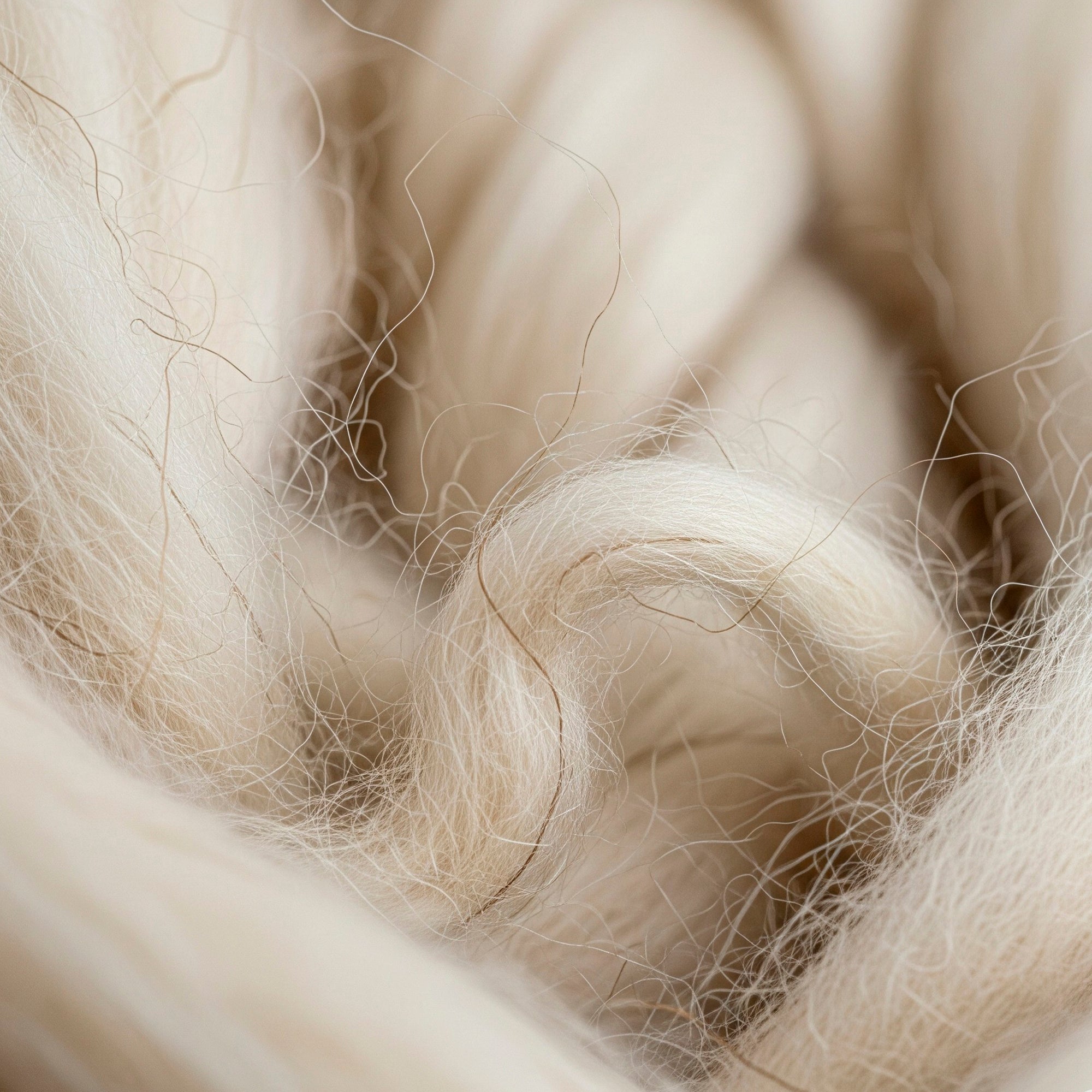

Composition: 100% Printed Wool
Wool is a luxurious natural fiber, known for its exceptional warmth, softness, and durability.
- Hand Wash (The Safest Option): To protect the delicate wool fibers, we recommend hand washing. Fill a basin with cold or lukewarm water (never hot, as high temperatures can irreversibly shrink wool and cause felting).
- Wool-Specific Detergent: Use a gentle, neutral detergent formulated specifically for wool or delicate garments. Avoid any bleach, as it would damage the fibers.
- Maximum Gentleness: Submerge the wool garment in the soapy water and move it very, very gently. It is essential not to rub, squeeze, twist, or stretch the garment, as this can cause shrinking and deformation.
- Careful Rinse: Remove the garment from the soapy water and gently rinse with clean cold water until no soap residue remains, handling delicately and without wringing.
- Machine Washing (Only with Extreme Caution): If your washing machine has a “wool” or “delicate” program using cold water and an ultra-low or no-spin cycle, you may use it. For extra protection, we recommend placing the garment in a mesh bag before washing.
- Remove Excess Water (Do Not Wring): After washing, never twist the garment to remove water. Lay the garment flat on a clean, dry towel. Roll the towel with the garment inside and gently press to absorb as much water as possible.
- Flat Drying: The most important step for wool is drying. Lay the garment completely flat on a dry surface (such as another dry towel or a drying rack). Ensure the garment maintains its original shape while drying.
- Away from Heat and Direct Sunlight: Allow the garment to air dry in a well-ventilated area, always away from direct sunlight and any heat sources (radiators, heaters, hair dryers). Excessive heat can cause shrinking and irreversible damage.
- Never Use a Dryer: A dryer can ruin your wool garments in minutes!
- Avoid If Possible: Wool, by its nature, rarely wrinkles if dried properly and stored correctly. If you can avoid ironing, all the better!
- If Necessary, Low Temperature with a Protective Cloth: If any persistent wrinkles appear, iron the garment inside out and place a thin cloth (such as a clean cotton fabric) between the iron and the wool. Use the lowest temperature setting (wool or delicate program).
- Steam (With Caution): You may use a little steam to help smooth wrinkles, but always with the protective cloth and without pressing directly on the wool.
- Folded (Do Not Hang): To maintain the original shape of your wool garments, it is best to fold them carefully and store them flat in a drawer or on a shelf. Hanging, especially for heavier items, can cause stretching and deformation over time.
- Cool and Dry Place: Store your wool garments in a cool, dry, and dark location. Avoid humidity, which can encourage mold growth.
- Moth Protection: Wool is a natural fiber and can be susceptible to moths. Consider using natural repellents, such as lavender sachets or cedar balls, in your wardrobe or drawers to protect your garments.
BLENDED-FIBER ITEMS


Composition: Printed Silk and Elastane
This blend combines the luxurious softness and natural sheen of silk with the stretch and resilience of elastane, offering comfort and a perfect fit without sacrificing elegance.
- Preferable Hand Wash: Hand washing remains the safest option. Fill a basin with cold or lukewarm water (never hot).
- Neutral Detergent: Use a very gentle detergent, ideally one specifically for delicate garments or silk. Avoid bleach.
- Crucial Color Test: Before the first wash, or if in doubt, gently rub a discreet area of the print with a damp cotton swab. If the colour transfers, professional dry cleaning is safer to prevent colour bleeding.
- Gentle Movements: Submerge the garment and move it gently in the water for 3–5 minutes. Do not rub, twist, or overstretch the fabric, as this could damage both the silk and elastane fibers.
- Careful Rinse: Rinse with clean cold water until no soap residue remains.
- Machine Washing (Only If Essential): If you must use a washing machine, do so only exceptionally. Place the garment in a mesh bag, select the gentlest cycle (wool, silk, or hand wash) with cold water and minimal or no spin.
- Absorb Excess Water: Do not wring the garment. Gently place it between two clean towels and press to absorb as much water as possible.
- Air Dry in Shade: Never use a dryer, as excessive heat will irreparably damage the elastane and shrink the silk. Hang the garment on a padded hanger or lay it flat on a clean, dry surface.
- Protect from Direct Sunlight: Ensure it is in a well-ventilated area and always away from direct sunlight, as the sun can weaken silk fibers, affect elastane elasticity, and fade colours.
- Slightly Damp and Inside Out: Iron the garment when it is still slightly damp to avoid marks. Always iron it inside out.
- Very Low Temperature: Use the iron at the lowest possible setting (silk or delicate program).
- No Direct Steam: Avoid direct steam on the silk and elastane, as it may leave marks or damage the fibers.
- Padded Hangers: Hang your silk and elastane blouses or dresses on padded hangers to maintain their shape and prevent stretching or permanent wrinkles.
- Away from Humidity and Light: Store your garments in a cool, dry, and dark place, away from sunlight and humidity, which can affect both the silk and elastane.
- Breathable Bags: For long-term storage, consider using a breathable fabric bag to protect them from dust.


Composition: Cotton and Elastane (with or without Embroidered Details)
The combination of cotton and elastane provides the natural comfort and breathability of cotton along with the flexibility and fit of elastane.
- Cold or Lukewarm Water: Wash your garments in cold or lukewarm water (maximum 30°C–40°C / 86°F–104°F). Very hot water may cause cotton to shrink and elastane to lose elasticity over time.
- Mild Detergent: Use a gentle detergent, preferably without harsh bleach, which could damage both the fabric colors and embroidery threads.
- Machine Washing (Inside Out): You may use a washing machine. To protect embroidery from snags or friction, we recommend washing the garment inside out. A normal or delicate cycle is sufficient.
- For Very Delicate Embroidery: For pieces with very intricate or delicate embroidery, consider placing them in a mesh bag before machine washing.
- Similar Colors: Always wash garments with similar colors to prevent dye transfer.
- Avoid the Dryer (or Use Low Heat): High dryer heat is the main enemy of elastane, as it can weaken its fibers and reduce the garment’s elasticity. If you must use a dryer, select a low temperature and remove the garment as soon as it is dry.
- Air Dry: Ideally, dry the garment outdoors by hanging it on a hanger or laying it flat on a clothesline. This helps maintain its shape and prevents elastane deterioration.
- Protect from Direct Sunlight (for Embroidery): While cotton is more sun-tolerant, if your embroidery features very bright colours, it is best to dry the garment in the shade or inside out to prevent gradual fading of the polyester threads.
- Slightly Damp: Iron the garment while it is still slightly damp to help remove wrinkles.
- Inside Out: To protect the embroidery and elastane from direct heat, always iron the garment inside out.
- Medium Temperature: Use a medium heat setting suitable for cotton. Avoid very high temperatures directly on areas with elastane or embroidery, as the polyester threads may shine or even be damaged by excessive heat.
- Use of Steam: You may use steam to smooth wrinkles, but do so cautiously over embroidery or iron around it.
- Hangers or Folding: Hang your blouses or shirts on hangers to maintain their shape and prevent wrinkles. For other garments, fold them carefully in a drawer.
- Cool and Dry Place: Store your garments in a cool, dry, and well-ventilated area, away from humidity.
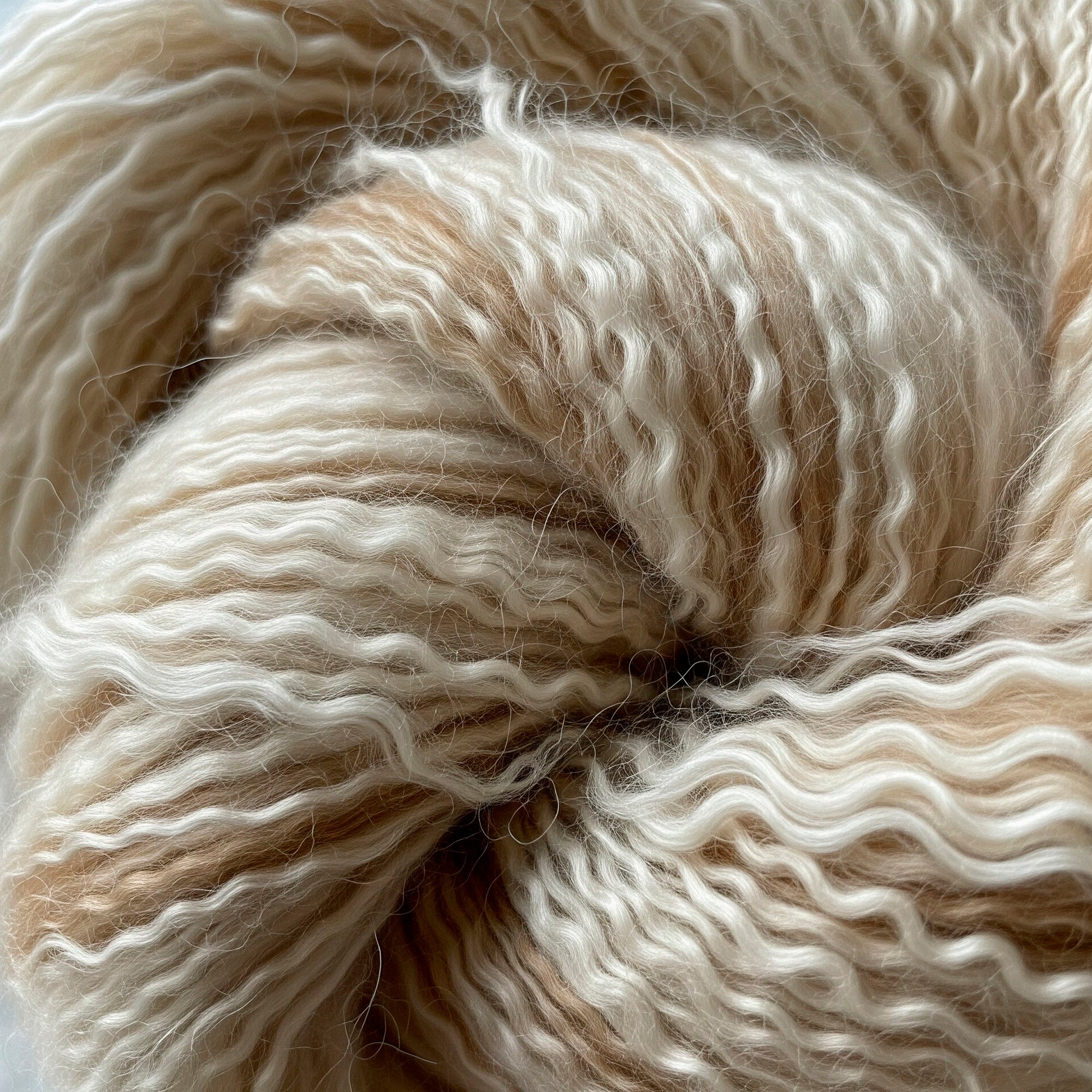

Composition: Printed Baby Alpaca and Silk
Your baby alpaca and silk pieces are true treasures. This blend combines the incredible softness, warmth, and lightness of baby alpaca with the subtle sheen and elegant drape of silk
- Cold Water and Specific Detergent: Fill a clean basin with cold water (never lukewarm or hot, as this can shrink alpaca and damage silk). Use a very gentle, neutral detergent designed for delicate wools or silk. Avoid any bleach.
- Crucial Colour Test: If the piece is printed and has not been washed before, we recommend performing a colorfastness test. Moisten a cotton swab and gently rub a discreet area. If the colour transfers, professional dry cleaning is the safest option.
- Submerge, Do Not Rub: Gently submerge the scarf in the soapy water. Move it very delicately for no more than 3–5 minutes. Never rub, squeeze, twist, or stretch. This can deform the alpaca and damage the silk.
- Careful Rinse: Remove the scarf from the soapy water and rinse several times with clean cold water, handling with the same delicacy and without wringing.
- No Washing Machine or Dryer: High temperatures and aggressive movements in the washing machine or dryer will irreparably damage baby alpaca and silk fibers, causing shrinkage, matting (felting), and loss of sheen.
- Remove Excess Water (Do Not Wring): After rinsing, do not twist the scarf. Instead, gently place it on a clean, dry towel. Roll the towel and press lightly to absorb the excess water.
- Flat Drying in Shade: Unroll the scarf and lay it completely flat on a dry surface (such as another dry towel or a drying mesh). Ensure it maintains its original shape.
- Away from Sun and Heat: Allow it to air dry in a well-ventilated area, always away from direct sunlight or any heat sources (radiators, hair dryers). Sunlight can fade prints and weaken the fibers. Patience is key, as drying may take some time.
- Still Slightly Damp and Inside Out: If any wrinkles persist, iron the scarf while it is still very slightly damp. Place a thin cloth between the iron and the scarf, and always iron it inside out.
- Minimum Temperature: Use the iron at the lowest possible setting (silk or wool/delicate program).
- No Direct Steam: Avoid direct steam on the fabric, as heat and moisture can damage the fibers.
- Careful Folding: Fold the scarf carefully and store it flat in a drawer or a breathable storage box. Avoid hanging it for long periods, as it may stretch.
- Away from Humidity and Light: Store it in a cool, dry, and dark place, away from sunlight and humidity, which can cause deterioration and mold growth.
- Moth Protection: Baby alpaca is a natural fiber and can be susceptible to moths. Consider using breathable fabric bags or placing natural repellents such as cedar balls or lavender near the scarf.
HOW TO CARE FOR YOUR ACCESSORIES


Collapsible eyewear cases
Your glasses case, with its rigid structure made from recycled cardboard and plant-based glue, requires very specific attention. The purpose of these guidelines is to ensure the longevity of your accessory.
Your Alba LAZARÍ case is distinguished by its rigid internal structure made of recycled cardboard, joined with plant-based glue, which demands a very specific and delicate cleaning process.
Washing and Direct Moisture Strictly Prohibited
- Never wash, submerge, or expose the case to high levels of hunidity (including rain, steam, or dew). Contact with water will degrade the internal cardboard and the plant-based glue, causing it to irrevocably lose its shape and folding rigidity.
Cleaning Surface Stains
- Exterior: Only use a dry cloth or one slightly dampered with cold water to gently rub the stain. It is crucial to ensure that the moisture does not penetrate the fabric or the edges of the case.
- Interior Lining (Organic Cotton): For the velvet-finish lining, use a lint roller or a very soft-bristled brush to remove dust and particles.
- Be Careful with Chemicals: Contact with perfumes, alcohol, or any chemical cleaner will permanently damage the outer fabric and the organic lining.
The main purpose of these guidelines is to protect the integrity of the internal cardboard structure against physical and environmental damage, ensuring the longevity of your case.
Physical Protection
- Avoid Knocks and Pressure: Althought the design is robust, avoid subjecting the case to excessive pressure or knocks that could bend or fracture the internal cardboard (for example, by carrying it in a tight compartment or a full backpack).
- Daily Storage: Store it flat or assembled in a dry, cool, and well-ventilated place, away from dust and direct sunlight.
Accidental Wetting
- If the case accidentally gets wet, leave it open to air dry immediately. Never place it in direct sunlight or near radiators, as intense heat can deform or harden the carboard. Drying must be gradual and natural.

